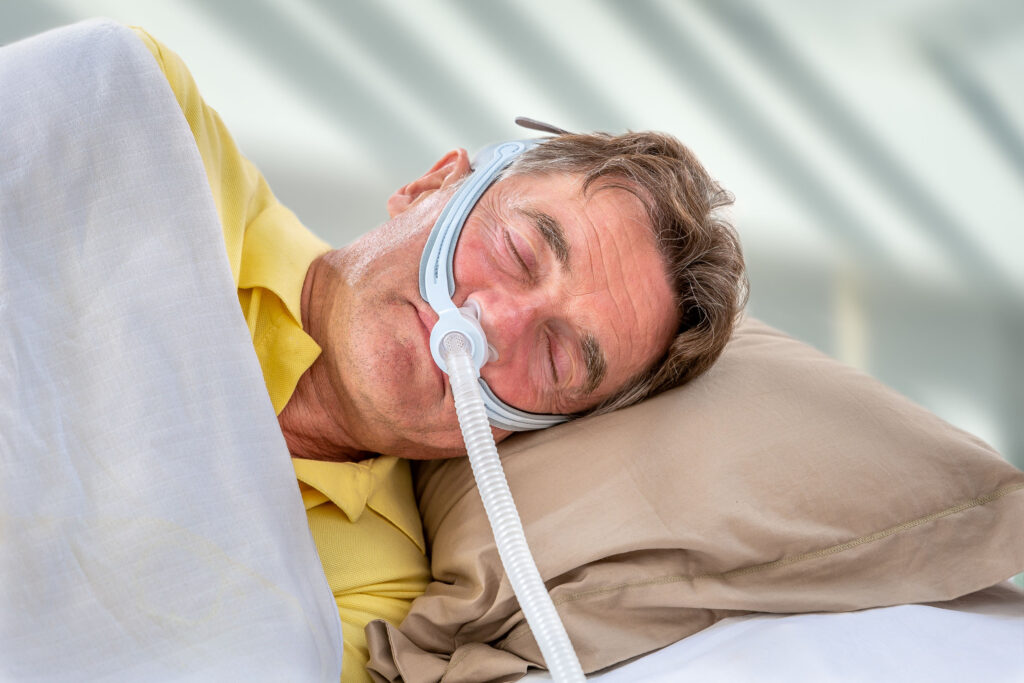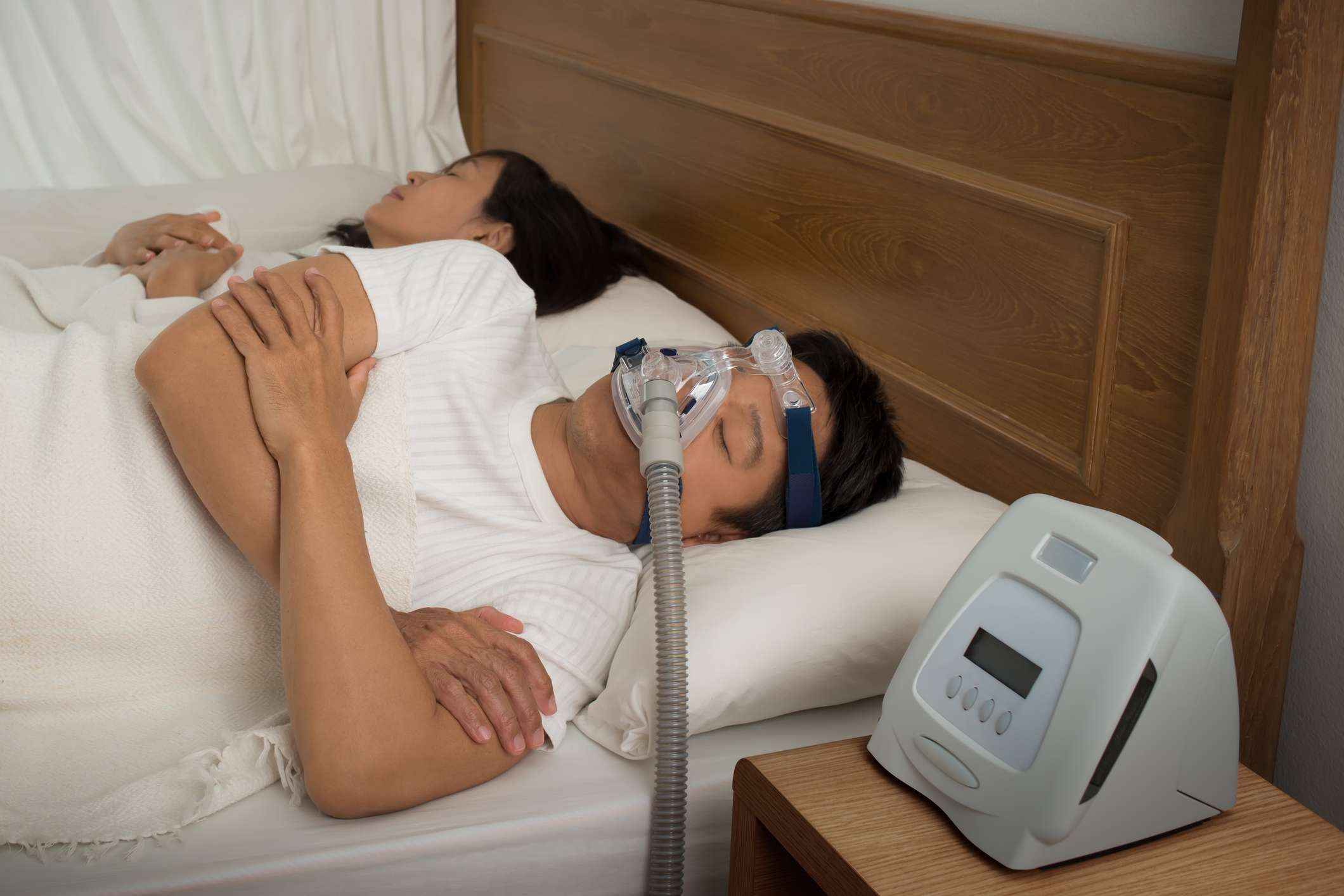Most CPAP masks users would agree that utilizing the CPAP masks has its own set of issues and adverse effects. We’ll be addressing some of the major issues and negative consequences related to CPAP masks in this post.
While elbows are a component of the mask, tubes may snag them.
The L-shaped connection used in full-face mask designs is called an elbow connector. It’s simple to assume a new cpap mask won’t fit since they often feature easy release options that leave part of the mask within the tube. In actuality, a portion of the mask is still in the tube. You’ll believe your mask and tube aren’t connected if you neglect to remove a piece from an old tube or if you acquire a new mask but the old one’s still in the tube.
You’ll probably need to buy a new mask if you lose or break the elbow. It’s also important to routinely change your mask and tubing to prevent stretching. Every three months, CPAP tubes and mask frames are covered by insurance companies to be sure they have proper seals.
Short tubes, not CPAP tubing, are a component of the mask.
The small tube that often comes with nasal pillow or nasal cushion CPAP masks is frequently mistaken for the main CPAP tube. You’ll discover that these, however, are much too short and cannot be attached to your CPAP. To put a new mask into your tubing, you must first remove the short tube.
All CPAP masks are compatible with oxygen adapters, but not all tubing.
Oxygen adapters enable people to bleed oxygen into their CPAP masks and connect between the mask and tube. They work with all CPAP masks and common tubing without exception. However, there can be limitations on the kind of adaptor you require if you have hot tubing.
The heated tube is specially designed with an oxygen port already built in. It also includes:
- A smart algorithm called auto-titration will automatically modify your therapeutic pressure.
- Expiratory Pressure Relief (EPR) lowers pressure when you exhale to prevent high pressure mask leaks.
- Humidification: A heated tube and 7 levels of humidity make sure you don’t dry out.
Make sure you have all the components of the CPAP masks before attempting to connect a CPAP mask and tube. If your tubing is too old or loose, it may be the cause of your new mask’s (with its associated connection) failure to attach to it.
Another frequent problem is that when you attempt to disconnect the mask, old elbows or connection pieces remain in the tube, making it hard to insert a new type mask into the tube.

Signs That a CPAP Needs to be Replaced
You may need to weigh the advantages of replacing against the return on investment if a client is renting a CPAP. However, because insurance often covers a large portion of the expense, it is to everyone’s advantage to keep your consumers aware about any signs that could suggest a new unit is required. The machine has to be checked if snoring intensifies or if they have a recurrence of the symptoms. It is important to report any changes to warning lights or sounds as soon as possible.
It is not advisable to discard used CPAP masks in the garbage. You must manage them with a qualified electronics recycler, just as any medical electronic waste.
The 7 most typical side effects of CPAP masks (and Ways to Avoid Them)
For treating obstructive sleep apnea (OSA), CPAP therapy is regarded as the gold standard since it is secure, non-invasive, and most importantly, successful. But it does carry the possibility of adverse consequences, just like any other therapeutic choice.
Although most CPAP side effects are minor, some individuals find them to be so inconvenient that they stop using the device to treat their sleep apnea. Fortunately, these symptoms are also simple to address, so try the suggestions below before giving up on CPAP.
The most frequent issues brought on by using a CPAP have been listed, along with solutions or techniques to prevent them.
Side Effects of CPAP and Solutions
Congestion of the nose
Nasal congestion or irritation is one of the most frequent adverse reactions to CPAP treatment. These symptoms may include a runny or stuffy nose, a burning sensation, or nosebleeds.
Dry, pressured air passing through the sinuses causes nasal congestion, which may be especially prevalent in those who have regular sinus infections.
How to Avoid It
- Use a nasal saline spray to moisten your nasal passages for temporary relief.
- You should think about utilizing a CPAP humidifier for long-term care.
Your airflow is humidified with moisture to reduce dryness and calm irritability. A heated humidifier provides additional comfort by subtly warming the air while it moisturizes for a more organic sensation.

Dry Mouth
Mouth breathers often experience dry mouth or a dry throat upon awakening, which, like nasal congestion, is brought on by inhaling dry, pressured air.
Due to “mouth leak,” it may also occur to persons who use a nasal pillow mask or nasal mask, but it happens more often to those who use full face CPAP masks. When you sleep with your lips open, mouth leaks happen because when you exhale, air pressure escapes through your open mouth.
How to Avoid It
- A CPAP humidifier will supply moisture to soften your airflow, regardless of the style of mask you select.
- If you use a nasal mask or nasal pillow mask, think about adding a chinstrap. CPAP chinstraps are intended to be worn in conjunction with your CPAP machine and help keep your mouth softly closed while you sleep.
Dry Eyes
Dry eyes when you awaken are a strong symptom of a mask leak. As you sleep, the departing air rushes over your face and dries your eyes. Given that the quantity of leaking might vary depending on your sleeping position during the night, you might not even realize it.
How to Prevent It
- Check to see that your mask fits correctly before continuing. Since your face shape varies when you lie down, recheck the fit while in your favourite sleeping position.
- Verify that your headwear is neither excessively tight or too loose. Although it goes without saying that slack straps might create air leaks by preventing your cushion from properly closing, an excessively tight fit can also result in leaks.
- Hold the cushion just above your face if your kind of mask needs it to inflate so that the CPAP pressure may build up.
It could be time to replace your mask if it leaks even after being reinstalled. Replace your cushions every 2-4 weeks, your mask frame every 3 months, and your headgear every 6 months to maintain the efficacy of your sleep treatment.
Gas, Burping, and Bloating
Aerophagia, a condition where one swallows air, is more likely at higher pressure settings. Continuous positive airway pressure might end up diverting into your esophagus when breathing against it becomes challenging. Bloating, burping, stomach discomfort, and gassy passage are signs of aerophagia.
How to Prevent It
- Discuss changing your pressure settings with your physician or sleep expert. Without the guidance of a medical professional or sleep expert, you should never try to change your pressure settings.
Other resources:
How Resmed Airsense 10 CPAP Machine Can Help Treat Your Sleep Apnea Symptoms
How to Avoid Rainout, Water, and Moisture in Tubing And Masks of Your CPAP Machine

